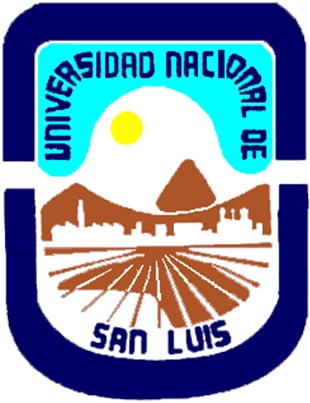 |
 |
PLENARIA 5
UNDERSTANDING REACTIVE ADSORPTION ON CARBONACEOUS ASORBENTS: IMPORTANCE OF SURFACE FEATURES IN NANOREACTORS
Teresa J. Bandosz
The City College of New York
Removal of small molecule toxic gases at ambient conditions is not a trivial task. Nevertheless, such separation processes are a necessity since those species are classified as TiCs (toxic industrial compounds) possessing threat to the general population. The problems with their removal are associated with small sizes and weak adsorption forces. Therefore other mechanisms have to be explored. One of them is reactive adsorption. To proceed with this approach modifications of the adsorbent surfaces towards imposing chemical reactions with the adsorbate are required. The targeted surface processes may involve complexation, acid-base reactions, hydrolysis, redox, etc. The goal is in decreasing/eliminating the toxicity and/or in increasing the adsorption forces with engagement of chemical bonds.
In my talk I am going to present our systematic approach to the design of effective adsorbents for such species as H2S, SO2, NOx, NH3. It involves understanding the physics and chemistry of the molecules to be adsorbed and evaluation of the surfaces of the adsorbents before and after the removal process. The stress will be placed on the role of porosity, surface chemistry, conductivity, and photoactivity. Such materials as nanoporous carbons, graphite oxides, composites of graphite oxides with zinc (hydr)oxide and MOF and sludge derived adsorbents will be addressed.
Contactos: saasa@unsl.edu.ar
Página Web: http://infap.unsl.edu.ar/congreso/index.html